
Asian rhinos: armour-plated landscapers species:
Affected by: Habitat loss and fragmentation , Illegal wildlife trade , Human wildlife conflict , Climate change
Affected by: Habitat loss and fragmentation , Illegal wildlife trade , Human wildlife conflict , Climate change
Affected by: Habitat loss and fragmentation , Illegal wildlife trade , Human wildlife conflict , Climate change
Asian rhinos have an even more armoured look than their African counterparts, thanks to all those folds in their skin. They graze on tall grasses, shrubs, leaves and fruits – restructuring the landscape as they go.
They look pretty tough but Asian rhinos need a lot of protection right now. The greater one-horned is slowly recovering thanks to years of successful conservation effort, but they’re all at risk from habitat loss and fragmentation, poaching and human wildlife conflict. In addition, small and isolated rhino populations lead to issues of inbreeding and reduced genetic diversity.
Together with governments, local communities and other NGOs we’re working to improve rhino conservation and management by supporting rhino monitoring, restoring rhino habitat, and identifying suitable habitats where rhino populations can expand.
Join us and help keep all rhinos safe.
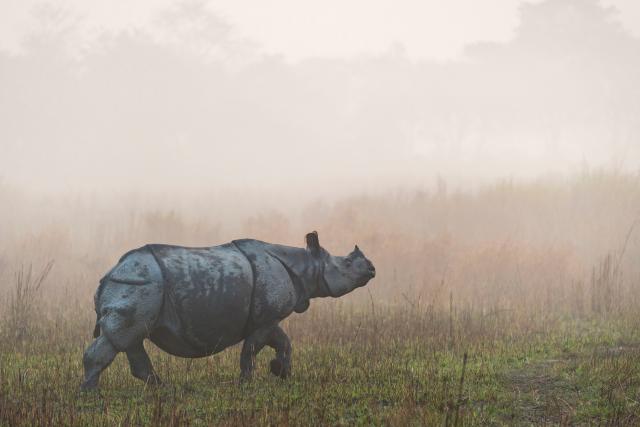
Where Asian Rhinos live
The greater one-horned rhino once roamed across most of Asia, but now it’s found mainly in India and Nepal. The last remaining population of Javan rhinos are now only found in one protected area, Ujung Kulon National Park on the island of Java. Sumatran rhinos are found in Sumatra, with a few individuals remaining in Kalimantan, Indonesia.
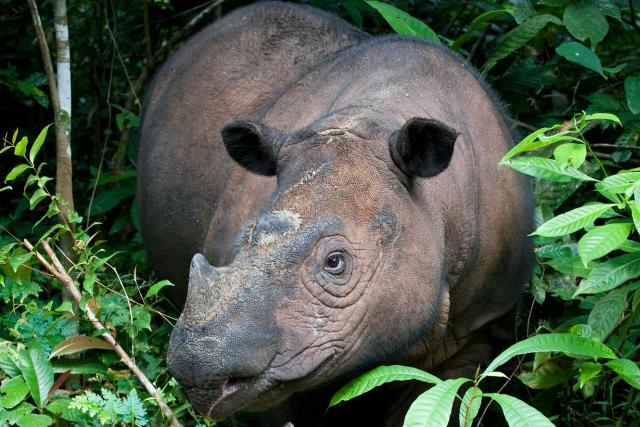
Why Asian rhinos are so important
Rhinos have been around for millions of years and play a crucial role in their environment. They eat a lot of plants every day to meet their energy needs. So they are true landscape engineers.
For example, the greater one-horned rhino helps to keep the grasslands near rivers closely-cropped, which makes those areas attractive to smaller herbivores too. They also help disperse seeds in their poo, which help plants and trees spread.
By protecting the rhino we’re also helping other wildlife and people who depend on the health of that environment.



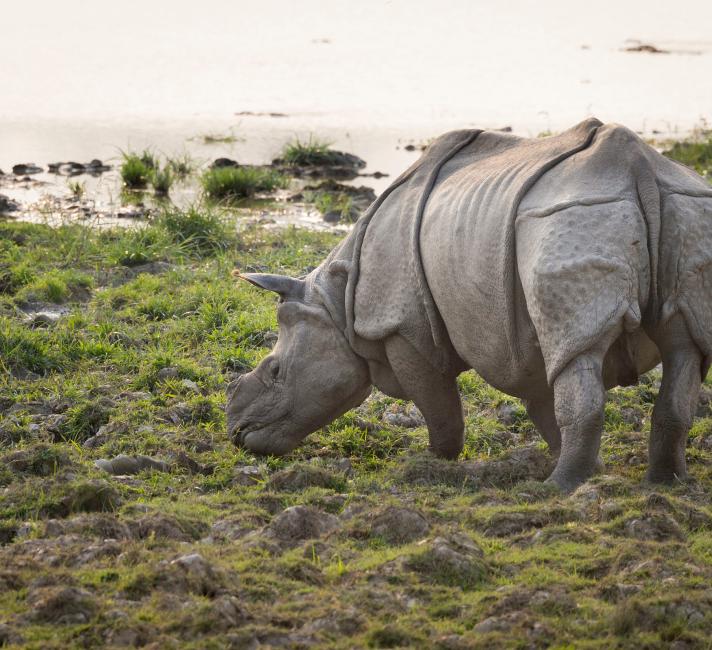


 Asian elephants: intelligent, sociable, but endangered
Asian elephants: intelligent, sociable, but endangered
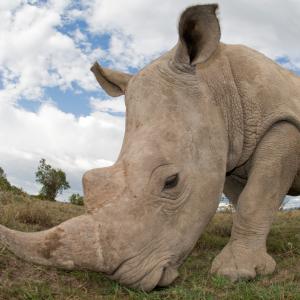 Rhinoceros: Africa's armoured giant
Rhinoceros: Africa's armoured giant
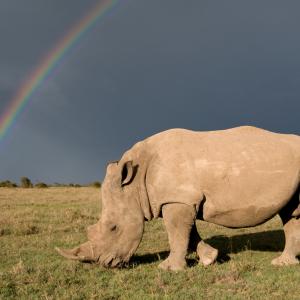 Here are our top 10 facts about rhinos
Here are our top 10 facts about rhinos
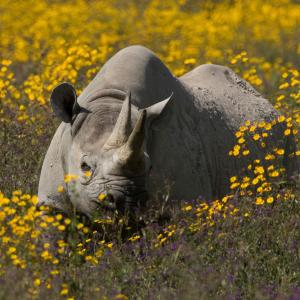 World Rhino day 2025
World Rhino day 2025